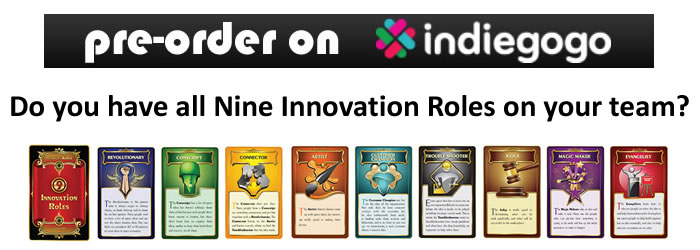
GUEST POST from Art Inteligencia
Design thinking is an effective problem-solving methodology that emphasizes empathy, experimentation, and iteration to devise innovative solutions to complex challenges. Grounded in placing human at the center of solution ideation, design thinking diverges from traditional problem-solving approaches, making it an increasingly appealing method for many businesses. To illustrate this powerful approach, let’s delve into two compelling case studies where design thinking drastically redefined and optimized entire operation chains.
Case Study 1: Ford Motor Company
Until 2005, Ford was on a path of decline; dwindling market share, faced with global efforts to reduce carbon footprints, and the growing need for smarter cars, they had to reassess their strategy. The new CEO, Alan Mulally, proposed a shift from the orthodox production-focused approach to a consumer-centric perspective – utilizing design thinking as the vehicle to drive this transformation.
Rather than staying confined in boardrooms, cross-functional teams spent time with customers to understand their driving experiences, needs, and motives. The teams immersed themselves into the users’ world to identify routine problems overlooked in traditional product development processes.
Understanding user requirements, Ford developed the ‘SYNC’ technology, allowing drivers to make hands-free telephone calls and control music and other functions with simple voice commands. Immediately, Ford cars transformed from mere transportation means to personalized, digital experiences.
This move revived Ford’s dwindling market fortunes, with the company recording a profit of $6.6 billion in 2010, the highest in more than a decade and proof that, indeed, design thinking has real-world applications that can completely turn around an enterprise’s fortunes.
Case Study 2: Kaiser Permanente
A healthcare giant in the US, Kaiser Permanente (KP), provided medical services focusing primarily on efficiencies and cost savings. But the team at KP recognized a need to shift their focus from solely being operationally efficient to also improving the patient experience.
Design thinking came into play, and nurses across various KP hospitals were equipped with stopwatches and spreadsheets to note time spent on various activities. The data painted a clear picture – nurses spent a considerable amount of time not with the patients but at computer stations recording data. A nurse shift change, which ideally should take only a few minutes, took up to 40 minutes, reducing efficiency and satisfaction for both nurse and patient.
In response, KP implemented a radical solution, an innovative ‘nurse knowledge exchange’ at the patients’ bedside. Not only did this change increase face-to-face interaction between nurses and patients, but the problem of documentation was also solved in a more consumer-aligned manner. With this change, KP’s satisfaction score improved by up to 15%.
Conclusion
Both Ford and Kaiser Permanente attributed their operational improvements to design thinking methodology. The case studies provide a compelling argument that design thinking, when internalized as a part of an organization’s culture, has the potential to enhance overall performance drastically.
Design thinking methodology reminds us that solutions should be designed around people, not processes. By understanding and empathizing with end-users, businesses can create innovative solutions that not only solve the problem but improve the overall user experience. With the help of design thinking, new horizons of innovation and problem-solving could be on the horizon for any industry willing to embrace it.
Bottom line: Futurology is not fortune telling. Futurists use a scientific approach to create their deliverables, but a methodology and tools like those in FutureHacking™ can empower anyone to engage in futurology themselves.
Image credit: Pixabay
 Sign up here to get Human-Centered Change & Innovation Weekly delivered to your inbox every week.
Sign up here to get Human-Centered Change & Innovation Weekly delivered to your inbox every week.


![]() Sign up here to get Human-Centered Change & Innovation Weekly delivered to your inbox every week.
Sign up here to get Human-Centered Change & Innovation Weekly delivered to your inbox every week.
 The twittersphere erupted with news of GM’s announcement that it was refusing to pay for 2013 Super Bowl advertisements and $10 Million worth of advertising on Facebook.
The twittersphere erupted with news of GM’s announcement that it was refusing to pay for 2013 Super Bowl advertisements and $10 Million worth of advertising on Facebook.
